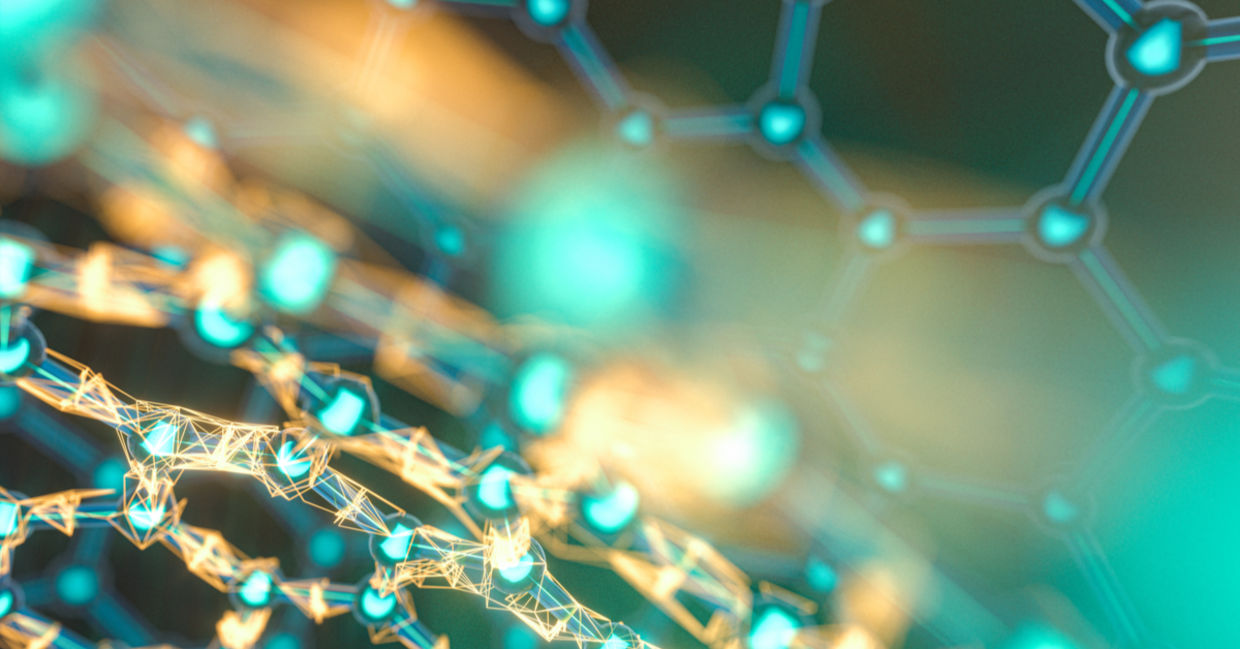
(Vink Fan / Shutterstock.com)
Imagine a new smartphone product. It works the same as any other smartphone, but when dropped, those cracks that appear after an annoying fall slowly begin to fade away, and the phone magically repairs itself. Thanks to recently-published research from scientists at the University of Tokyo, a new product like this could one day become a reality.
The story is told by Asahi Shimbun’s English news site. A team of researchers led by chemistry professor Takuzo Aida have found a way to create “self-repairing plastics” that can be used in smartphones, cars and other products. But their new plastics won’t only be used to create “unbreakable” products, but also help the fight against growing wastes harming the planet.
91% of plastic is non-recyclable and filling Earth with waste
Polymers are compounds that make up plastic and are generally made by linking together monomers, very small molecules, with strong chemical reactions called covalent bonds. However, these strong bonds make it difficult for plastic to break down or de-polymerize making plastic unrecyclable, explains Plastic Soup, an NGO working to combat plastic pollution.
The accumulation of plastic in landfills is a growing concern due to its negative environmental impact. In 2019 about only 9% of plastics were recycled globally, according to the Organization for Economic Cooperation and Development (OECD), leading Japanese scientists to strive to find a polymer that can initiate its own formation or “self-repair”, according to Asahi Shimbun.
View this post on Instagram
Environmentally-friendly, self-repairing plastics
The self-repairing polymers are made by adding a tiny amount of a specialized agent into ordinary plastic to hold the monomers together by hydrogen bonds; bonds much weaker than covalent bonds, according to a report by SciTechDaily.
When the new plastic is broken down by heat, instead of burning to waste, the hydrogen bonds dissolve and allow for the formation of special wedge-shaped molecules or monomers to create a foundation for more monomers to layer on and rebuild itself. The team found that their self-healing plastic was able to spontaneously repair at room temperature over an hour to regain its durability, according to the report.
A greener future for plastic products
The team’s work, published in Nature Materials and presented at the annual conference of the Chemical Society of Japan, suggests great prospects for the future of plastic.
“The technique could lead to the development of a sustainable made-to-last plastic that does not need to be discarded or recycled,” lead professor Aida said at the conference, according to Asahi Shimbun and can one day be in products from smartphones to cars and even buildings.
YOU MIGHT ALSO LIKE:
Refill Grocers are Going Mainstream
DIY Mobile Phone Repair Is Now Easy!
This Computer is Powered by Algae!







